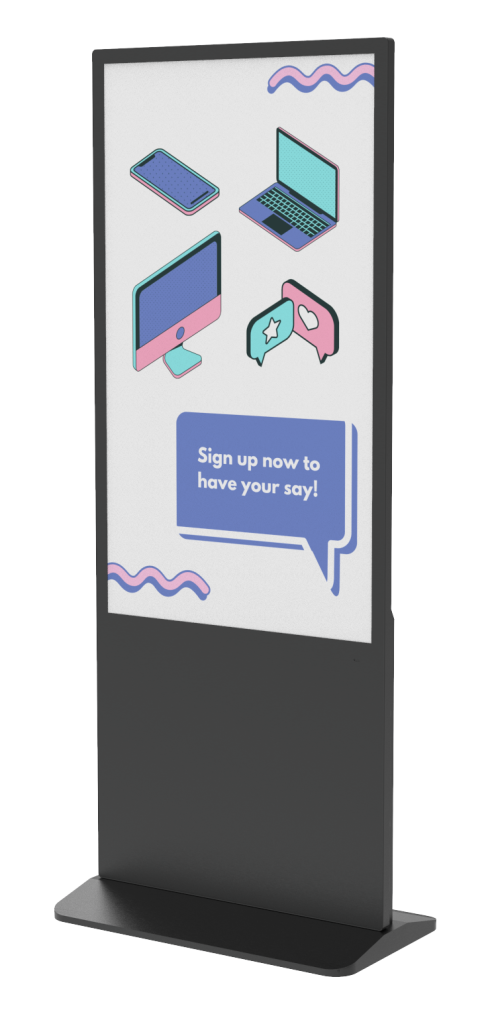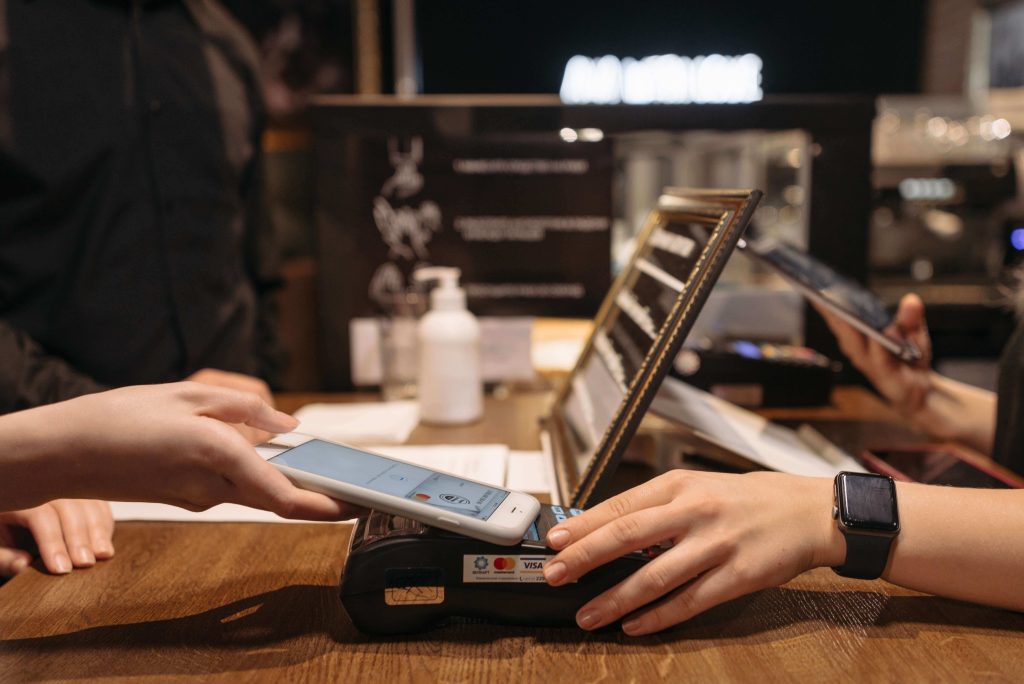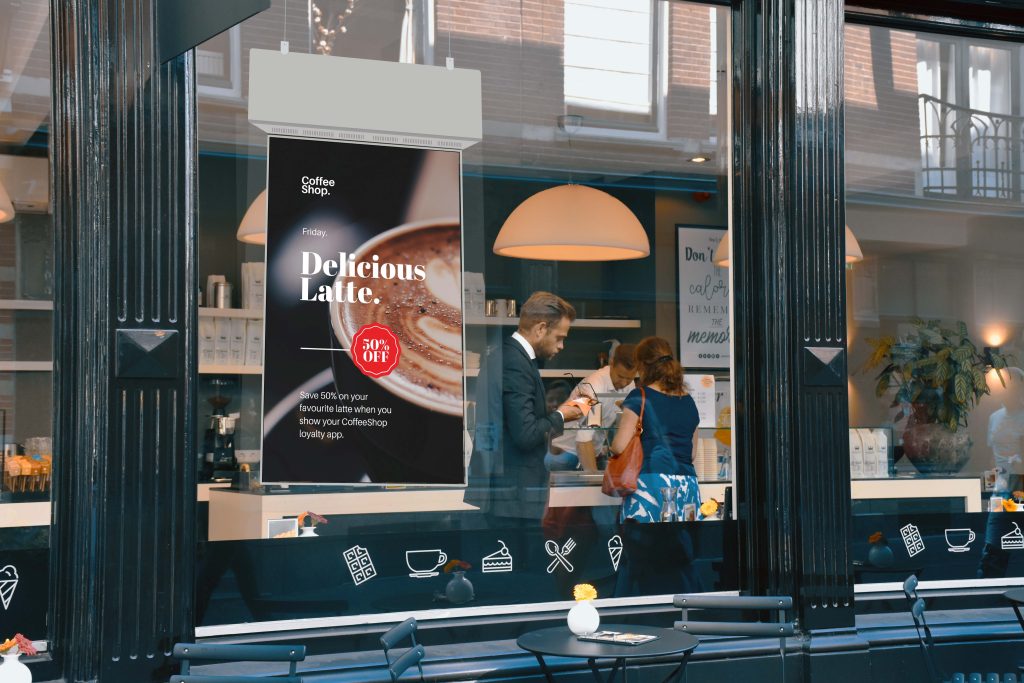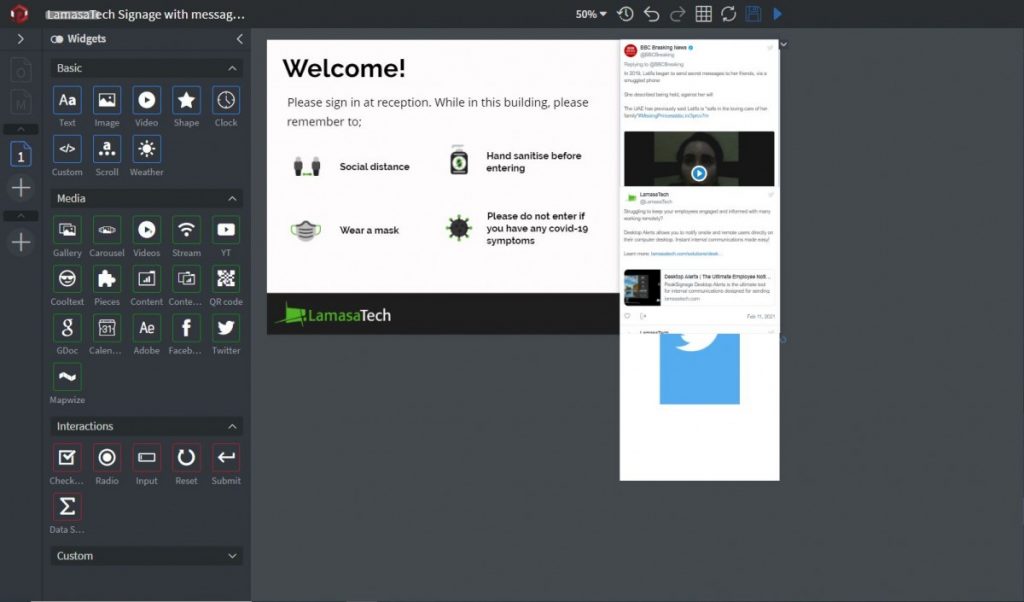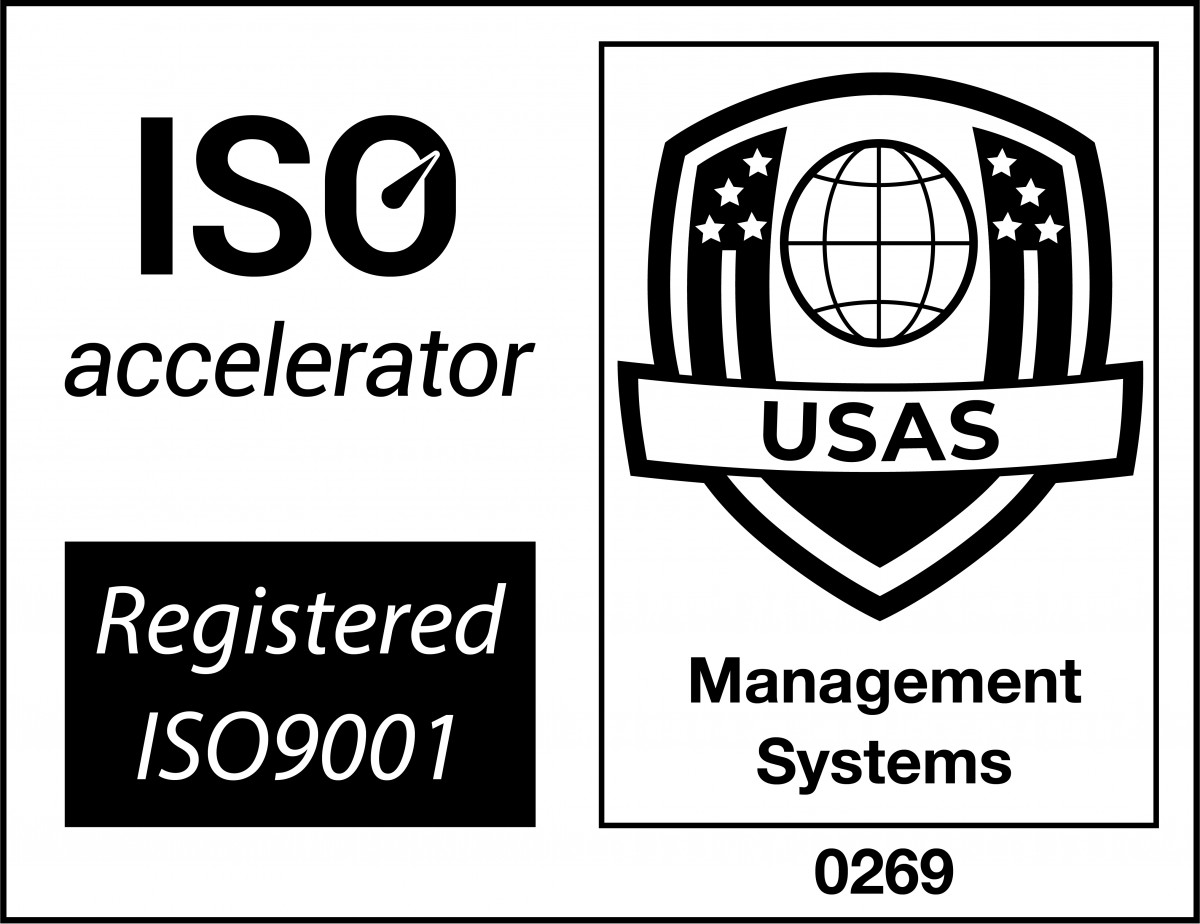This is your one-stop guide to the types of technology used in restaurants. The fast food and restaurant industry has undergone a fairly seismic shift recently. Many restaurants have had to embrace new and innovative technologies due to the Covid-19 pandemic. Restrictions on human interaction meant restaurants needed to implement new technology to survive. Non-touch order and payment methods, for example, were implemented to reduce the need to interact directly with a sales assistant.
Covid-19 may have pushed restaurants to modernise out of necessity, but the convenience these technologies have provided will ensure that they are kept around even after the pandemic. For example, 52% of customers want easier ordering and payment methods that technologies such as digital kiosks and online ordering can provide.
The problem that many restaurant owners come up against though, is that there are so many options out there that it can be difficult to pick the technology that’s going to take their business forward.
Thankfully, we’re here to help. Take a look at LamasaTech’s definitive guide to the types of technology used in restaurants to find out which solutions are right for you.
Jump to:
Ordering kiosks
Of all the types of technology used in restaurants, ordering kiosks are perhaps the most ubiquitous. They’re becoming increasingly common worldwide, with global chain restaurants such as McDonald’s deploying them across thousands of restaurants. The sleek design, as seen on the Guida Indoor kiosk below, has helped these self-service kiosks to seamlessly fit into restaurant environments.
The Covid-19 pandemic forced many restaurants to modernise this way and incorporate self-service technology. These devices allowed customers to complete their orders and payment at a kiosk instead of with a sales assistant. This helped to limit the spread of the virus due to the decrease in human interaction.
Beyond the pandemic, customers have grown accustomed to this option and now prefer to use ordering kiosks where possible. In fact, 30% of customers prefer to order from a kiosk versus a cashier. This is an opportunity for your restaurant, as you can take advantage of the appeal of self-service technology to increase your sales and customer retention.
The speed of this service and reduced waiting times, as a result, are what appeal to customers. Research by Tilster found that more than 65% of customers said they would visit a restaurant more often if self-service kiosks were offered. Ordering kiosks are therefore a technology you should be making use of because if you aren’t using them then your customers will choose to go to a competitor who does.
Implementing a self-service kiosk is just as straightforward as using one. You just need the hardware and compatible commerce software. For the kiosk itself, you’ll want it to have a screen that offers great clarity, is designed to run 24/7 and importantly, has touch capabilities. The LamasaTech Indoor Guida kiosk offers these features as well as a toughened glass protector and vandal-proof design to keep the kiosk safe and functional in high-traffic environments.
EPoS
When looking at the types of technology used in restaurants, an EPoS system is one of the most essential you’ll come across. EPoS systems are essential to running a successful, sustainable restaurant, and are a great way to easily manage multiple aspects of your business. An effective EPoS will be able to link your till and ordering kiosks to your kitchen. Depending on your set up this could print a new order ticket for your kitchen staff or if you have a digital screen the new order will be displayed there.
The main benefit you’ll see from your EPoS is improved efficiency. Orders will immediately be communicated to the kitchen staff without delay or miss communication. This will mean your kitchen team will be able to accurately produce the correct meals. Another benefit that you will see if you are using a digital display is that printed tickets won’t be lost and orders missed, as all orders will appear on the digital screen clearly for your staff to see. With this combination of EPoS and display, you’ll create an accurate and efficient kitchen that can provide a quick service for your customers.
With so many options and features, it can be tough to select the right system for you. Some of the key features you should look out for in an EPoS system include:
- Stock control
- Purchase order processing
- Customisation options
- Card and contactless payment options
- Reporting tools (including staff hours, end-of-day reports, and sales/profit reports)
- Age restriction prompts
Contactless payment
This has become more and more popular in recent years, with multiple ways of completing a contactless payment now available. Smartwatches, smartphones and bank cards are all capable of undertaking these quick transactions. The appeal for many customers is that it is much more convenient to simply tap to pay rather than having to count out the correct amount of cash or insert their bank card into the reader and input their PIN.
Providing a contactless option means you are giving your customers an easier payment process which will encourage them to return to your restaurant in the future thanks to the positive customer experience.
Although contactless payments were encouraged during the pandemic as a way to limit human contact, the demand to use them has remained due to the convenience it provides customers. Because of this, the government has kept the limit for contactless payments at £100. Initially, the limit was raised from £30 to £45 then it was increased to £100. However, the continued demand for contactless means the government has not lowered the limit and restaurants should be taking advantage of this. With the limit remaining at £100, customers will continue to expect that contactless payments are available and will actively choose the eat at restaurants that provide this payment option. In fact, it was found that 77% of customers will prefer to pay with contactless payments even after the pandemic ends.
Digital menu boards
Another of the more frequently used types of technology in restaurants is digital menu boards. The fast food and QSR industry move rapidly, and being able to adjust the offerings on your menu in an agile way is essential to staying ahead of the curve. These displays are often positioned in the window facing outwards to catch the attention of passing customers as seen below, or close to the point of sale to encourage additional item orders.
A digital menu board allows your restaurant to quickly make changes to its menu displays without having to wait for new printouts. You can change the content on the screen either by using digital signage software, more on this below, or connecting a USB device with the new content stored on it to the screen. Whichever method you choose, the updated menu will be displayed immediately with no downtime meaning you can maximise your menu promotion and not miss out on potential sales.
Another benefit of digital menu boards is that they are much more eye-catching than traditional print menus. A report by Intel Corporation found that digital signage displays capture 400% more views than traditional static signage. This is an opportunity your restaurant should be taking advantage of. With a digital menu board facing out of your window, you have the chance to reach a much wider audience than placing a printed menu poster there.
You’ll also see a positive ROI when implementing digital menu boards. These devices require a one-time payment and that is it. This allows you to circumvent the recurring costs associated with print menus. You’ll not have to continually order paper or pay for printing. With the added attention a digital menu board will bring to your restaurant, you’ll be able to recoup your investment quickly.
The only additional costs you may have would be if you choose to use a digital signage platform to help you create and schedule your menu content.
Want to learn more about digital menu boards? Take a look at this blog post to see if it’s a worthwhile investment for your restaurant.
Digital signage platform
This ties in closely with digital menu boards. Why continually bring out new printed marketing material and posters when you can quickly and easily update your digital signage displays with your latest adverts and offers? Not only does this offer further cost savings, but it also allows you to provide new offers to customers in a much more timely manner, as there is no need to wait for physical marketing materials to be printed. Scheduling features on your chosen platform will also allow you to prepare menu variations in advance and have the screen automatically change at set times.
Learn about the best practices for using digital signage in this guide.
You’ll also find that using a digital signage platform makes creating content easy. PeakSignage, for example, has a drag-and-drop editor, shown below. This lets you add the elements you want to your content and then you can immediately have that displayed on your screens. Due to the ease of use offered, most of your team would be able to help make adjustments to the content when needed. This lets you can act faster and more efficiently than if you were using traditional print menus that would require either graphic design knowledge or access to printing capabilities.
Online ordering
Another technology that continues to see widespread use in restaurants is online ordering options. Although many restaurants had implemented a means of providing an online ordering service to customers before the Covid-19 pandemic, once it hit this technology became a necessity.
Most of the hospitality sector was shut down and restaurants in particular were hit hard as they could no longer serve their customers at all. Remote ordering offered food providers a way to continue making money while sit-down services were unavailable. The UK saw an 18% increase in user growth of food delivery services and 43% said they intend to continue using delivery options going forward.
The continued demand post-pandemic is not just an opportunity for your restaurant to reach more customers but is a requirement. Your customers eating habits have changed and many have now become accustomed to using delivery services instead of going for a sit-down meal.
If you don’t offer a method of ordering online, a lot of customers will choose to go to a competitor who does. Of all of the types of technology used in restaurants, this is the one customers demand the most. With no online ordering system, you risk losing out on significant sales and your rivals taking advantage. This is why you will continue to see more and more restaurants incorporating an online ordering system and making sure that they don’t fall behind their competition.
Ready to add the benefits of digital technology to your restaurant?
You can find out about our indoor kiosks here or explore our window displays here.
LamasaTech is a leader in digital display technology with over 12 years of experience. We support customers across a range of industries including retail, military and defence, government and public sector, technology, hospitality and education, contact us today!

